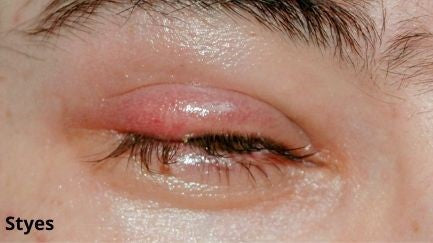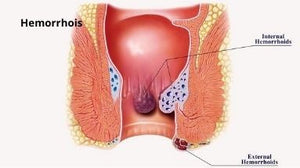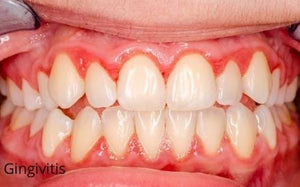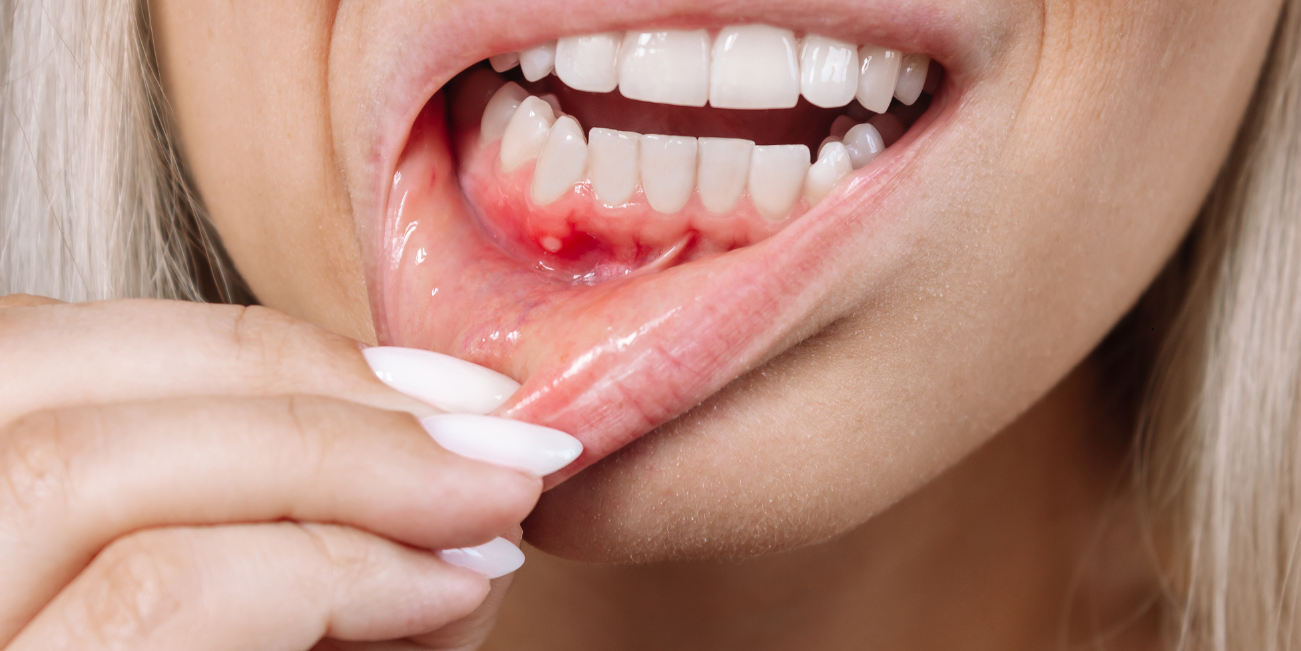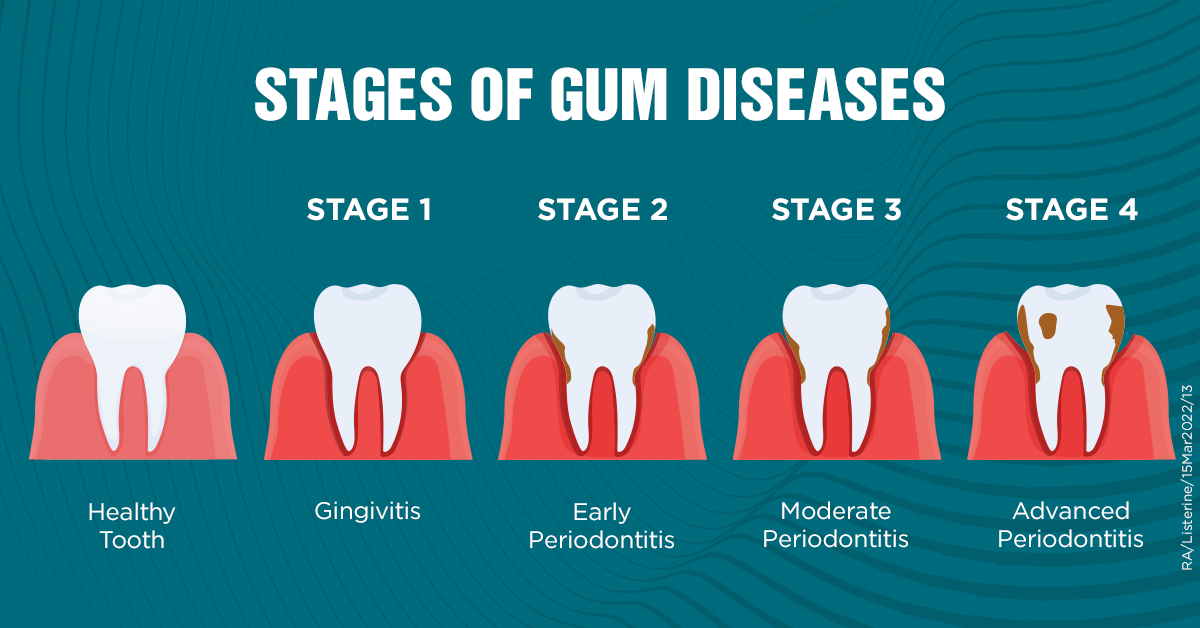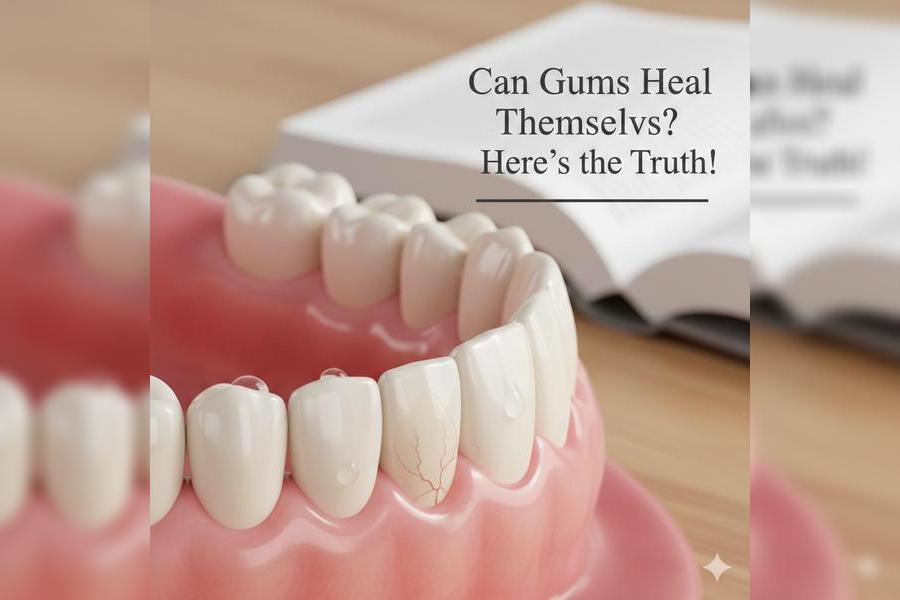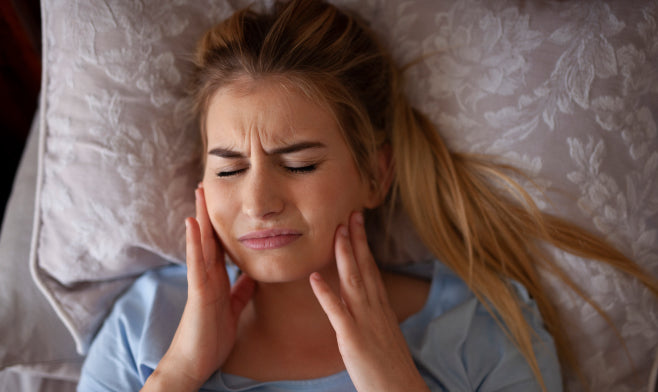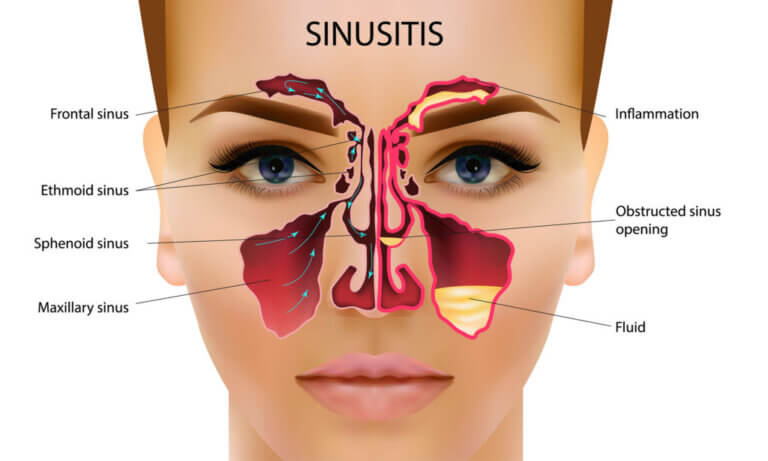What Is Stye?
One of the utmost important vital senses of living beings is sight that gives a life to living being with vision and colors. Any problem or discrepancy in the eye/eyes creates a hell for one in a single minute. Eye is most sensitive body part since even if an eyelash touches your cornea of eye (the white part inside eye), it gets blinking and irritated until the eyelash is removed.
A sort of pimple type that occurs as a red bump formed on the outside edge of the eyelid is called a stye. It is sometimes painful and sometimes pain free depending upon its severity. It is visible as a swelling on the outer side of the eye and appears like a crust on the outer side of the eye accompanied by soreness and itchiness. Normally the styes disappear on their own after seven to ten days but the duration becomes quite unlike and irritating creating discomfort and uneasiness. If the styes is not painful then it is called a chalazion. Normally the treatment pattern is the same for both styes and chalazion but the chalazion takes a longer time to heal.

A clogged oil gland often becomes the reason of the external eyelid stye. Normally eyelids have a number of oil glands that maintain certain level of moisture in the eyes which function to eliminate foreign particles in the eyes by producing tears. These glands present in the eyelids become clogged with old oil, bacteria and dead skin cells. Other external substances and germs start to build up in the gland causing an infection. The outcome is a small, red bump on the eyelid.
Kinds Of Styes Based On Their Place Of Origin:
The styes called a sty occasionally and biologically referred to as Hordeolum can appear externally as well as internally depending upon the condition. The stye formed on the internal side of the eyelid is called internal stye and the stye formed on the external side of the eyelid is called the external eyelid.
External Styes:
External styes are much more common than internal eyes. They start in the eyelash follicles. Occasionally they may start in the sebaceous glands. They are located on the outside edge of your eyelid.
Internal Styes:
These are the internal styes that develop on the inner side of the eye that start in an oil gland called the Meimobian gland within the eyelid tissue. Since they put internal pressure on the eyes as they grow, they tend to be more painful than the external ones.
Causes Of External Eyelid Stye(Hordeolum Externum):
Whenever an oil gland in the eyelid becomes infected, the external eyelid stye is formed in it and is also known as Hordeolum externum. The cause behind is often stated to be the Staphylococcus bacteria. The normal residence of these bacteria is on the external eyelid under general conditions around the surface of eyelid and doesn’t cause any harm there. However, whenever the dead skin cells, bacteria or any other external particles or ol oils get clogged in the glands, then these bacteria get trapped in the gland and cause an infection.
The possible areas where these bacteria may attack:
- Follicles of eyelashes: The small hole in the skin from where the eyelash grows out is the area where maximum deposition of oils and dead skin occurs ultimately giving rise to bacterial deposition and becomes vulnerable to the development of stye there.
- Sebaceous glands of eyes: Sebaceous gland is the gland that is attached to the eyelash follicle. This gland is responsible for the production of sebum, that is the oily substance which lubricates the eyelashes and keeps them from drying out.
- Apocrine glands of eyes: The apocrine gland of eye that is attached to the eyelash follicle is a vulnerable gland where the bacteria attacks and cause infection. The apocrine gland have important secretions and help keep eyes from becoming too dry.
The possible reasons and causes of development of a stye may be attributed to a number of factors in general. Specifically the reasons and causes for external stye and internal stye may be quite different. Still a n umber of general factors must be taken into account to prevent the occurrence of styes in first so that eyes can be kept safe from infection.
- Grave’s disease: An autoimmune disorder caused by the increased amount of hormone thyroid from the thyroid gland also known as hyperthyroidism is a rare cause of styes development. The immune system of the body creates antibodies known as thyroid stimulating hormones known as immunoglobulins. These immunoglobulins attack the healthy thyroid cells in your body and cause them to secrete too much thyroid gland. Excess amount of thyroid causes changes in many elements of body’s functions as brain development, body temperature, nervous system function, etc. The symptom of the grave disease includes hand tremors, weight loss, rapid heart rate, intolerance to heat, fatigue, nervousness, irritability, muscle weakness, goiter, difficulty sleeping, frequent bowel movement, Grave’s dermopathy, and Grave’s ophthalmopathy. The eyes seem enlarged and swollen due to eyes bulging from eye sockets and styes develop as a loss of immune system in the body.
- Eye cancer: The melanoma of eye creating cancer of eyes creates outcomes as styes, swollen eyes or other eye diseases leading to vision loss and abnormal lump development on eyes.
- Hormonal imbalance: Hormonal imbalance provokes the disturbance and ups and downs in the hormonal system of body due to certain reasons as periodical changes, menopause, fasting or other alterations may cause eruption of certain symptoms and provoke the development of infection where the body is weak. Sometimes the decreased immune system gives rise to quick acceptance of bacterial disturbance in eyes giving rise to styes.
- Poor hygiene: When you touch your eyes without washing them, there may be a certain number of invisible bacteria attached to your hands which may enter your eyes and create infection. Since bacteria love dark, moist environment so any unhygienic conditions as touching eyes, wearing dirty contact lenses, not washing your face and eyes properly after exposure to dust can cause the transmission of bacteria inside your eyelashes and eyelids creating susceptible environment for the development of styes.
- Chlorine-resistant bacteria: People who are fond of swimming and regularly perform an exercise in the swimming pool must be careful and must rinse their eyeballs after getting out of the pool. The chlorine-resistant bacteria in the water may cause eye infections and styes development.
- Sweat and exercise: Getting sweat and perspiration from exercise or any physical activity may create an environment susceptible to developing stye. Sweat and oil can clog the eylid’s oil glands and may cause bacterial infection to continue and spread it to develop a stye. You should wash your eyelids and eyes along with face to avoid any contamination from sweat.
- Sensitivity to sunlight: Some people have a sensitivity to general gentic conditions to direct sunlight. The presence of light and heat of sun creates perspiration and sweating and their eyelids cannot afford such condition making a feasibility for bacteria to get attached and help the development of stye. Such people should avoid direct exposure to sunlight and must wear sunglasses to avoid the interaction.
Signs And Symptoms Of External Styes:
There are a number of mild or severe signs and symptoms of styes depending external or internal ones. The symptoms provide an indication that something is going wrong with the eyes. Immediate visionary symptom comes as a yellow head of a pimple filled with pus due to infection.
General symptoms of external styes:
- Swelling of eyelids: The outer edge of eyelid gets swollen and inflamed due to the infection caused by bacteria.
- Discharge of yellow and golden colors: The swelled pimple has a yellowish and golden colored discharge continuously from the head of pimple.
- Photophobia: Internal problems always give some reaction externally that creates a symptom. In this case the sensitivity of eye to light increase that is known as photophobia.
- Feeling of foreign material in the eye: When stye appears in the eye, it feels like some unknown or foreign material is present in the eye.
- Gritty feeling in the eye: A gritty feeling appears in the eye due to friction of stye with eye surface.
- Watery eye: Eyes discharge a large amount of water flowing through creating discomfort.
- Crust formation at edge of eye: A crust is formed at the edge of eyes creating discomfort and disturbance in vision as well.
Causes Of Internal Eyelid Stye(Hordeolum Internum):
Stye comes out as a result of infection in the inner eye parts either visible as external eye infection or internal eye infection. A bacterial infection in an oil gland in the eyelid causes internal stye versus the external eye infection manifested by infection in a hair or eyelash follicle. Infection can occur from normal bacteria on your skin or in your body or nose or sinuses or any other body part. The infection when spread due to not treating or due to any other reason from nose or sinuses etc. causes an internal stye. Use of false eyelashes, or mixed make up brushes or wearing contact lenses for long or during sleep may become the reason to spread the bacteria from everywhere else to your eyes or eyelids.
Signs And Symptoms Of Internal Styes:
An internal stye on the upper lower eyelid, it is known as Hordeolum internum. The cause behind is often stated to be the Staphylococcus bacteria. The signs and symptoms may vary according to severity and situation and these may be slightly different fronm the external stye. The internal stye may not be as visible as external stye may be.
The signs and symptoms of internal stye may be:
- A white or red bump along the base of your eyelashes.
- A swelling appearance on the eyelid.
- Swelling of entire eyelid covering full eye.
- Crust appearance on the eye, eyelashes or eyelid.
- Oozing or fluid coming out continuously from eye.
- Pain or soreness in the eye.
- Irritation and continuous itching not getting relieved by rubbing or washing.
- Tearing or watery eyes running frequently.
- Blurred vision.
- Feeling that there is something present in the eye.
The Risks For Developing An External Stye:
Staphylococcus is the bacteria normally responsible for the development of stye, bacteria that normally lives on skin and is quite harmless. Whenever due to any disturbance and changes in equilibrium the bacteria gets transferred to the eye and gets trapped in the hair follicle or gland, then the infection occurs and starts manifesting as a stye appearance along with all other symptoms of redness, irritation and vision disturbance. The styes develop due to a number of reasons and the risk factors involved to develop a stye are:
Itchy eyes due to hay fever or allergies:
Allergies or allergic may occur due to one thing or the other depending upon the sensitivity of the person to the allergens. Some people get allergy due to pollens, due to changing weather, due to certain pillow materials, due to dust or many more reasons. Once the eye is rubbed with fingers either gently or fiercely, the bacteria gets transferred to the eye and causes infection.
Blepharitis:
Inflammation of the eyelid is known as blepharitis. Whenever we change our living place, the first thing prone to infection comes the eyes since anything gets transferred to eyes immediately, then it may either be dust or any other air particles. Any foreign unwanted substance once gets entered to the eyelid creates inflammation. If you leaves it unnoticed and continue rubbing it vigorously to relieve itching then it may become a greater risk of stye development.
Contaminated cosmetics use as muskara or eyeliner:
Cosmetics makes an elegant outlook equally for men and women. A number of cosmetic items are used since centuries to design and implement beauty tips to make eyes more attractive and enchanting. Few such things are muskara and eyeliners which have been used by different names and in different mesmerizing colors by people of almost every race, nation and geographical area.
Careless behavior to leave make up overnight:
Occasionally coming from a party late night or becoming tired of daily business meetings, you either forget or become lazy and show a careless behavior towards your own wellness to not remove makeup before falling asleep. Overnight layers of makeup on skin and eyes create a hindrance for the oxygen and fresh breeze of air to reach the skin and eyes. Any irritation or loose makeup melts and may cause bacteria to enter eyes and cause infection.
Seborrheic dermatitis:
Seborrhic dermatitis is a skin condition characterized by scaly patches, redness and dandruff on the skin. Mostly it appears on the scalp, but it can occur on the oily surfaces such as face, upper chest, eyes, back etc. An excess amount of oil on skin creates a condition that contributes to development of seborrheic dermatitis or rosaceae.
Underlying medical condition as diabetes:
Sometimes the discrepancy in the metabolism of certain factors in the body becomes disrupted and disorganized due to an underlying medical condition as diabetes or heart issues. The disrupted skin factors become the major cause of developing styes as a result of diabetes, kidney diseases or heart diseases.
Miscellaneous issues as sleep disorder:
Miscellaneous issues as sleep disorder, less sleep, disturbed sleep, insomnia or other situations where you have to rub your eyes more than enough, then you are more susceptible to development of styes.
Contact lens issues:
Improper care and improper use of contact lenses lead to certain issues of eyes including irritation, itching, vision weakness and certain other concerns. Behaviors that impact on the eye problems are:
- Uncleanliness towards contact lenses:
Wearing contact lenses is an art regarding taking its proper care while using and also while taking it off or wearing it. Contact lenses are as delicate as eye cornea. They must be handled with proper care and hygiene. You must wash your hands properly before opening the lens case and must wear it with utmost care. While taking off, hands must be washed again. The solution of contact lenses must be changed after every use from the lens case to maintain its hygienic conditions. Never wear the lenses near smoky area or area near fireheat or stove.
- Wearing contacts while sleeping:
Daily wears or monthly, the contact lenses must be removed before falling asleep. If you sleep with contact lenses then they may cause irritation or itching in the eyes. The lenses thus must be removed before sleeping to avoid any infection in the eyes.
- Reusing disposable lenses:
Disposable lenses must not be reused to avoid any infection in the eyes. The disposable lenses have short span of time and thus they get expired after the date written. If used again, the expired content may create bacterial infection.
The Risks For Developing An Internal Stye:
Although internal styes are not contagious and a stye cannot be caught and adapted from someone. Yet bacteria can spread from an internal stye to your eye causing ill effects and infection. This may happen either by rubbing, popping, squeezing a stye. Internal eyes are usually more painful than external eye and may last longer . A serious internal stye may become chronic and may return many times after it gets healed. It may also cause a hardened cyst or chalazion on the inner side of eyelid creating chronic internal stye. It has also been proven that you may be a carrier of staphylococcus bacteria in your nose passages if you are a regular bearer of internal stye. It may become the major risk factor for other infections of nose, sinus, throat and eye.
DIY Treatment Applications For External And Internal Styes:
The styes are very difficult to treat as they take quite a time to wipe out themselves. The styes should never be squeezed or popped out since it may spread the infection to the rest of the eyelid or eye parts. The normal time of a stye to disappear is seven to ten days.
- Home-made treatment strategies for styes:
There are a number of methods to treat the styes at home initially to reduce the inflammation and irritation of eyes. These methods are easily applicable and can reduce the immediate uneasiness involved.
- Using warm compress for styes: The most easy and initial home remedy that can be considered as a DIY is the warm compress being used immediately to get rid of the after effects of stye. A washcloth soaked in hot water until its warm is considered a warm compress. It should be warmed enough to not burn your skin while touching. The warm compress can impact in a number of ways as:
- The warm compress liquefies the hardened material in a stye that allows the drainage of the liquefied material throwing out the dirt and infectious material helping it to heal.
- The warm compress draws the pus present in the external stye to the surface by slowly liquefying the hardened corners. Here it becomes easy for the pus to come to a head before bursting out.
- The clogged gland and hair follicle with bacteria is unclogged with the help of warm compress that provides a drainage route for the pus and debris to move out. This unclogging is especially helpful to remove the debris from the internal styes.
When having a stye then the most helpful treatment option becomes using a warm compress for almost ten to fifteen minutes for three to four times a day. If you are prone to get infection of recurring stye, then at least warm compress must be used once a day. If you hold the warm compress for quite long and rub it slowly in a way to massage the stye then the action helps to break the debris material in the stye to drain it in a better way. Using your clean fingertips and moving them in a circular pattern can help you keep better pace of debris removal continuously.
- Using mild soap or shampoo for styes: Some other options as a mild tear-free baby shampoo or any other gentle shampoo or mild soap on a cotton swab can be used to remove the crusting and drainage. The area around the eyes is most sensitive and thinner area than rest of the face. When drained by using cotton swab with such soothing materials, a small amount of blood present in the drainage is very normal and you should not get panic to see the blood. If the amount of blood exceeds and doesn’t stop itself then you must seek the doctor’s advice immediately.
- Using a saline solution for styes: Another easy and simple way to treat the styes is the use of saline solution. The saline solution promotes stye healing and repairs any breakage or damage of the skin around styes.
- Using a warm teabag: Warm tea is an ideal option for immediate treatment of styes at home. Warm black tea is more helpful since it has great antibacterial effect and reduces swelling. Some boiled water must be poured in a mug with added tea bag. It must be seeped for a minute. It must be cooled enough to let it cool to be placed on eye and then must be placed for five to ten minutes. A separate tea bag must be used for both eyes. Black tea can be used as an alternate for warm compress twice to thrice daily to reduce swelling and discomfort.
- Pain killers for styes:
Over the counter pain killers as ibuprofen or acetaminophen can be used to get immediate relief from pain and discomfort to reduce redness and tenderness on the area around skin.
- Antibiotics for styes:
If the styes persist even after continuous use of DIYs then must seek for topical antibiotics by using special precautionary measures as to use antibiotics that do not create any disturbance for eyesight. These antibiotics help to drain and remove all the debris from the styes. Some of the antibiotics used are:
- Erythromycin ointment
- Dicloxacillin tablets
- Neomycin ointment
- Gramicidin containing eye drops
- Steroid shots for styes:
Stye doesn’t come alone rather it attacks with a number of sub effects as inflammation and swelling. If these symptoms persist for long or they are quite significant to cause discomfort and itching affecting your vision too, then the doctor may recommend an injection to reduce both the inflammation and swelling. Specific corticosteroids are used in these injection. This is a non invasive procedure of few minutes only. The doctor may numb the area before applying injection to reduce discomfort or uneasiness.
- Immediate Treatment Applications for styes:
Incision and drainage may be carried out manually in the doctor’s clinic if you are unable to get rid of the styes even after DIYs and antibiotics usage. The doctor may create numbness in your eyelid, the doctor may make a small incision to drain out the pus and debris. The material removed should be observed under amicroscope to verify its origin as to clear the doubt of treatable cancer called sebaceous carcinoma.
A chalazion is an alternative of stye but is without pain and tenderness. Chalazion is a rubbery lump on your eyelid which appears as a result of walling off of body when stye is not healed properly. A chalazion is caused by inflammation not an infection.
Recurrence Of Styes And Other Eye Infections During Pregnancy
It is very common for women to experience eye problems and eye infections during pregnancy. A lot of physical and hormonal changes occur during pregnancy due to ups and downs of hormones to prepare for childbirth and nursing as well as feeding. These hormonal and physical changes make pregnant woman prone to develop infections and irritations created due to augmented blood circulations. Watery eyes, dry eyes and other infections as styes, conjunctivitis may also become more pronounced during pregnancy. Although most of the pregnancy related eye infections disappear after pregnancy, still they may cause discomfort to the expectant mother.
Pain in the eyes, irritation of the eyes, swollen eyes, redness in the eyes, watery eyes, runny eyes, dried eyes along with lot many other problems as styes, chalazion may occur during pregnancy that must be treated by home made treatments and use of antibiotics by seeking doctors advice.
How To Diagnose A Stye:
A stye can be diagnosed by an ophthalmologist or an eye specialist by looking at it clearly. Usually further testing is not recommended unless certain characteristics are present. These characteristic may include tear ducts, eyelashes loss, stye or chalazion in an unusual place, distortion of structures around eyelid etc.
If the bump just started forming, the doctor may recommend to wait and watch to see if it goes away on its own. The doctor may suggest to treat it with simple DIY treatments or home remedies.
If the chalazion or stye doesn’t respond to the treatments at home for more than two months, then the doctor may recommend surgical drainage.
Are styes contagious:
Normally the styes are not contagious. But still special care must be taken to control the infection to be transferred to any other person. Minimum contact must be made through your belongings to avoid the risk of developing styes in other persons. Care must be taken by following few general instructions:
- Stop sharing flannels, face cloths, towels, gloves or any other usable of face and eyes with friends, siblings or anyone else.
- Always wash your hands after touching your affected eyelids before coming in contact with any other object.
- Avoid using any make-up or cosmetics during styes infection to reduce the after effects.
- Replace eye makeup every six months to avoid irritation and styes.
How To Prevent Styes From Occuring:
You can get a stye for no reason at any time with further risk to eye if you continue itching. You can avoid it by taking preventive measures towards its occurrence. These include:
- Adapting hygienic conditions: Hygienic conditions must be adapted and prevailed to avoid any discomfort especially to softer and sensitive parts of the bosy as eyes, ears etc..
- Special care regarding use of contact lenses: Contact lenses must be washed thoroughly before use. The contact lens solution must be changed after every use of lenses to remove dust particles and to create freshness in eyes.
- Avoid sleeping wearing lenses: You must avoid sleeping with wearing contact lenses to avoid any discomfort in the eyes making them prone to infection.
- Wash face and eyes: Always wash your face and eyes before sleeping to remove excess oil, debris and dust particles from eyes.
- Makeup and cosmetics care: Never share makeup brushes, eye liners, muskara or other cosmetics to avoid allergic reactions thus styes etc. Always regularly wash your makeup brushes to remove dust and old particles.
- Get rid of old makeup: Old make up must be discarded after being expired to avoid any reaction woth the skin and eyes.
- Avoid rubbing or itching: Try to avoid rubbing or itching if you feel so, rather immediately wash your eyes with normal water ro rinse it thoroughly.
When To See Doctor For Styes:
On average the styes go away after a gap of seven to ten days but if it doesn’t happen then must seek doctors advice to take help and remove it. Now going to a physician and getting it checked is recommended if:
- Within a few days stye has not started to move out.
- It doesn’t resolve in full after about a week.
- It quickly worsens and shows severe effects.
- It grows abnormally in size and rather to reduce it enhances.
- It bleeds frequently.
- It affects your vision and eyesight.
- A great sign of infection occurs if it spreads to the white of your eye.
- If there appears any redness or infection on cheeks or other parts of your face then it is a clear cut indication of infection spreading very fast.
Doctor mostly prescribes oral antibiotics or antibiotic drops for the infection.


